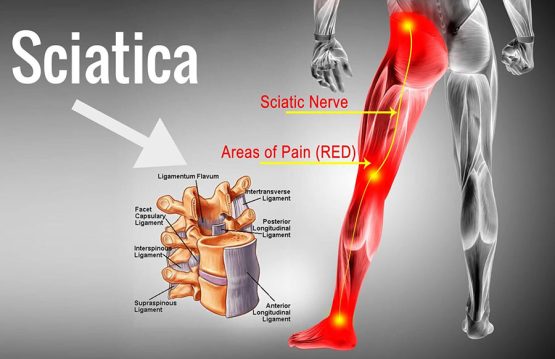There are many remedies for sciatica that can help reduce pain or prevent illness in time. These are easy to administer, some even in the comfort of your own home.
Sciatica is a condition characterized by pain that starts from the lumbar area, buttocks and includes the thighs to the knees, being accompanied by a burning sensation. pain or burning can set in even in that area.
The pain can be mild, in the first phase in the form of tingling, and then eventually turn into unbearable pain, sometimes even paralyzing.
CONTENT:
- Anti-inflammatory patches
- Practice yoga
- Practice physiotherapy
- Use compresses
- Use acupuncture
- Practice Pilates
Anti-inflammatory patches
Like hyperthermic patches, these patches can be purchased from the pharmacy and consist of microfilms containing ibuprofen, with high local absorption, which can work wonders in some cases. It can be kept for a few hours, according to the instructions.
Practice yoga
One study found that yoga reduces back pain by 64%. Yoga strengthens muscles and improves flexibility so those who are known to suffer from sciatica have to gain from this practice of Hindu origin when after the pain subsides they adopt such a program in a sustained manner.
Practice physiotherapy
Even if exercise is your last concern when you have pain caused by the sciatic nerve, medical gymnastics, which is also called physical therapy, is more useful than you think. Exercise stimulates blood circulation and alleviates pain.
If the pain is so strong that you can’t exercise, try swimming or aerobics in the water because this type of movement does not put much pressure on your back.
Use compresses
Hot or cold compresses can be helpful when trying to get rid of sciatica pain. Use hot or cold compresses applied for 15 minutes and observe how the body reacts.
If you notice that the pain reacts better to the cold, use only cold compresses, but if you notice an improvement when using hot compresses, rely on them, the pain being rather generated by a contracture associated with nerve damage.
Use acupuncture
Specific to Chinese medicine, acupuncture is effective in treating many ailments, including pain caused by the sciatic nerve. Studies in the field have shown that acupuncture with heated needles is effective in relieving sciatica.
There are a number of practices where practitioners are physicians specializing in alternative medicine and acupuncture, as well as institutes of alternative medicine homeopathy and acupuncture.
Practice Pilates
If you are a sports junkie and you are used to doing jumping, weightlifting, sprint running, extreme sports (wake board, snow board, etc.) find out that unfortunately these harder movements force the elasticity of the spine and at any time the painful sciatic nerve crisis can reappear.
It is necessary to reorient yourself, especially after a painful episode, to another type of sustained sport and Pilates can help you by strengthening the paravertebral, abdominal and pelvic muscles.
These are some remedies for sciatica that can help keep the disease under control and reduce pain. However, you must be careful and seek medical advice before following such a remedy.



